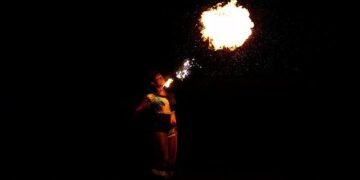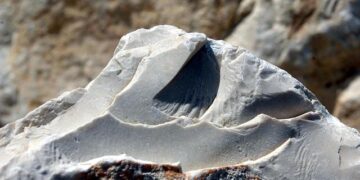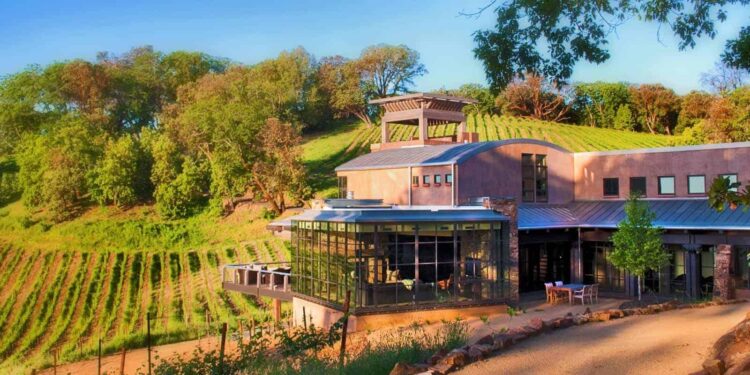The University of North Dakota’s Gustafson House is stepping into a pivotal new role in the field of forensic science. Once known for its historical significance, the facility has been repurposed to provide cutting-edge resources and training opportunities for forensic investigators. This transformation enhances UND’s commitment to advancing forensic education and supporting criminal justice through state-of-the-art technology and hands-on learning experiences. In this exclusive video feature, we explore how the Gustafson House is shaping the future of forensic science at the university and beyond.
Gustafson House Transforms into Cutting Edge Forensic Science Facility at University of North Dakota
The historic Gustafson House has been meticulously renovated to become a state-of-the-art forensic science facility, marking a significant milestone for the University of North Dakota’s academic and research capabilities. Equipped with advanced laboratories and cutting-edge technology, the facility now supports innovative forensic research, hands-on student training, and collaborative projects with law enforcement agencies. This transformation not only preserves the architectural charm of the building but also propels UND’s Forensic Science program into a new era of excellence.
Key features of the revamped facility include:
- Advanced DNA analysis labs with next-gen sequencing equipment
- Secure evidence processing areas designed to meet forensic standards
- Interactive crime scene simulation rooms for immersive training
- Collaboration hubs fostering partnerships with local and federal agencies
| Feature | Benefit |
|---|---|
| Next-Gen Sequencers | Rapid, high-accuracy DNA profiling |
| Simulation Rooms | Realistic crime scene training |
| Secure Evidence Storage | Chain-of-custody compliance |
Innovative Technologies and Research Methods Drive Forensic Advancements at Gustafson House
At Gustafson House, cutting-edge technology is transforming the landscape of forensic science education and research. The facility integrates advanced tools such as 3D crime scene reconstruction, digital fingerprint analysis, and AI-driven pattern recognition to enhance the accuracy and speed of forensic investigations. These innovations allow students and researchers to simulate real-world scenarios with unparalleled realism, fostering a deep understanding of forensic techniques and their application in criminal justice.
The research methods deployed at Gustafson House emphasize interdisciplinary collaboration and hands-on experience. Key features include:
- State-of-the-art forensic laboratories equipped with the latest analytical instruments
- Collaborative case study workshops involving law enforcement professionals and forensic experts
- Fieldwork integration using simulated crime scenes across varied environments
These components position Gustafson House as a pioneering hub for forensic advancements, shaping the next generation of forensic scientists while contributing vital insights to ongoing investigations.
| Technology | Application | Benefit | ||||||
|---|---|---|---|---|---|---|---|---|
| 3D Crime Scene Reconstruction | Virtual scene analysis | Enhanced visualization & precision | ||||||
| AI Pattern Recognition | Evidence correlation | Faster data processing | ||||||
| Experts Recommend Expanded Collaboration to Enhance Forensic Training and Community Impact
Leading forensic experts emphasize the critical need for broader partnerships between academic institutions, law enforcement agencies, and community organizations to advance forensic training programs. By uniting resources and expertise, these collaborations promise to bridge gaps between theoretical knowledge and practical application, ultimately elevating the quality and scope of forensic education. The Gustafson House at the University of North Dakota exemplifies this approach, offering an immersive environment where students engage directly with realistic case scenarios under the guidance of seasoned professionals. Such integration nurtures innovative methodologies and prepares a new generation of forensic scientists equipped to tackle evolving challenges.
Experts advocate for a sustained commitment to these collaborative frameworks, highlighting measured outcomes like improved case resolution rates and stronger community relations. The following table illustrates potential benefits derived from expanded cooperation:
Concluding RemarksAs the Gustafson House transitions into a key facility for the University of North Dakota’s forensic science program, it stands as a testament to innovation and community collaboration. By repurposing this historic site, UND not only preserves a piece of the past but also fosters the training of future forensic experts essential to advancing justice. With continued investment and dedication, the Gustafson House is poised to play a vital role in shaping forensic science education for years to come. |































